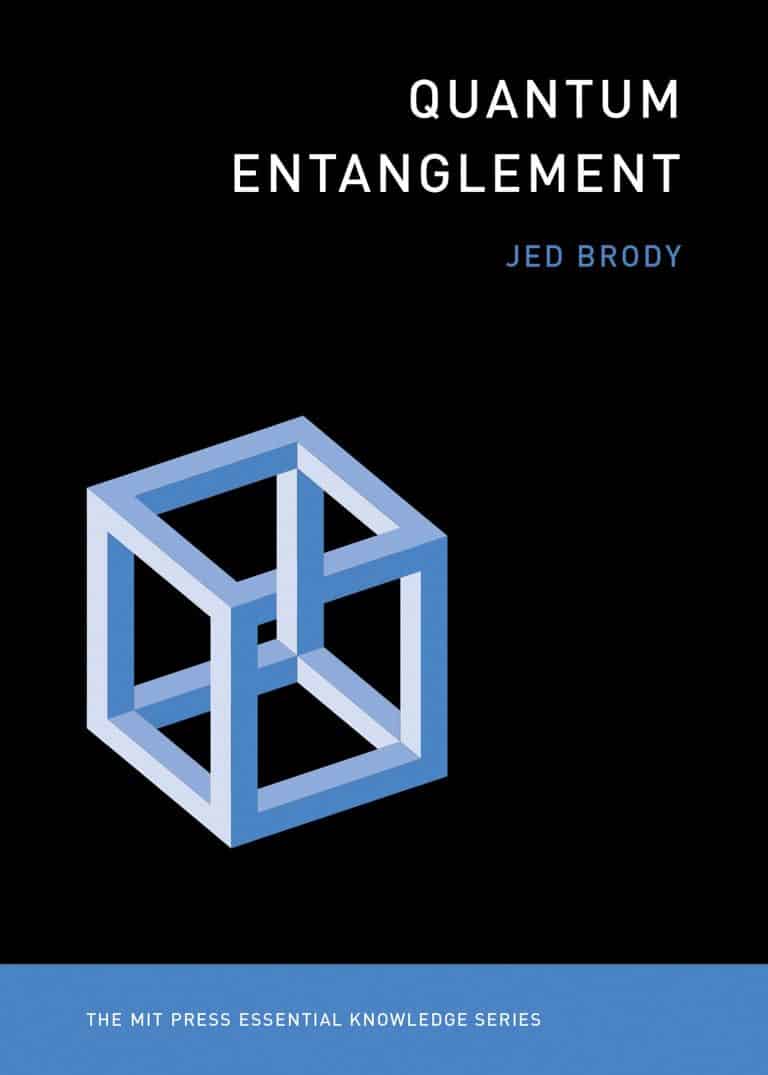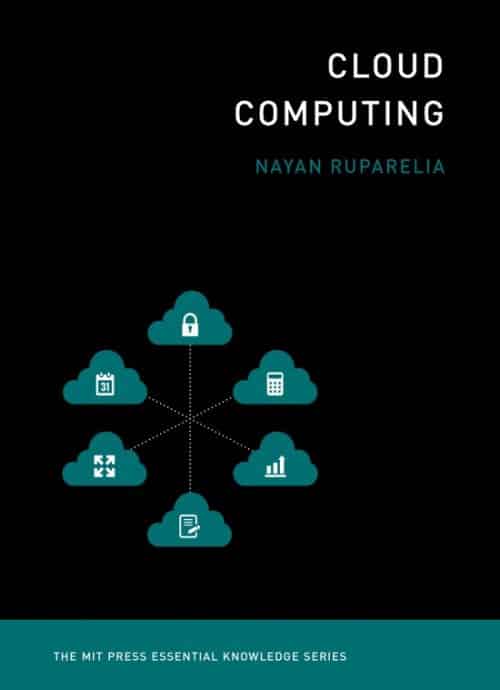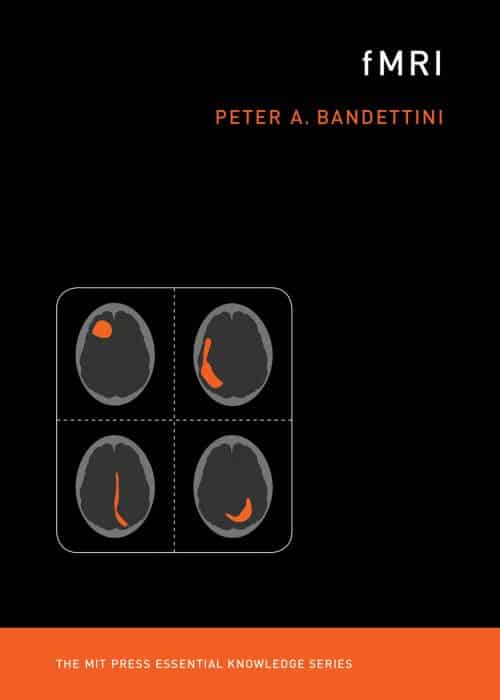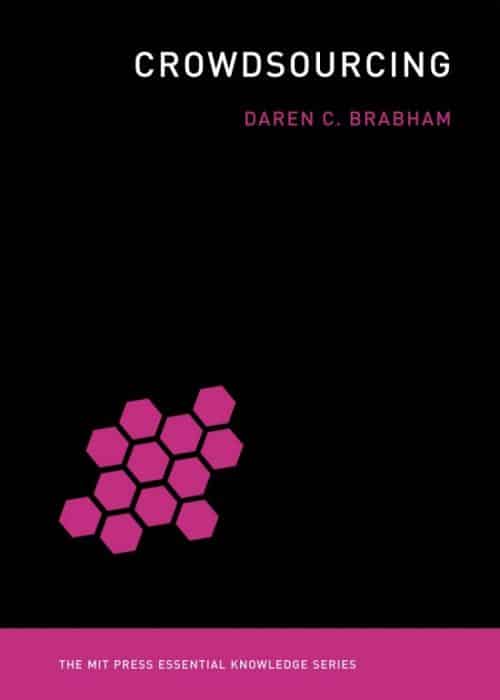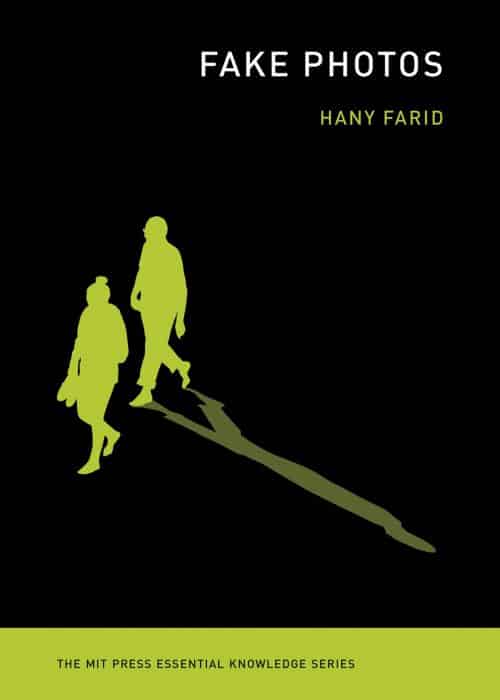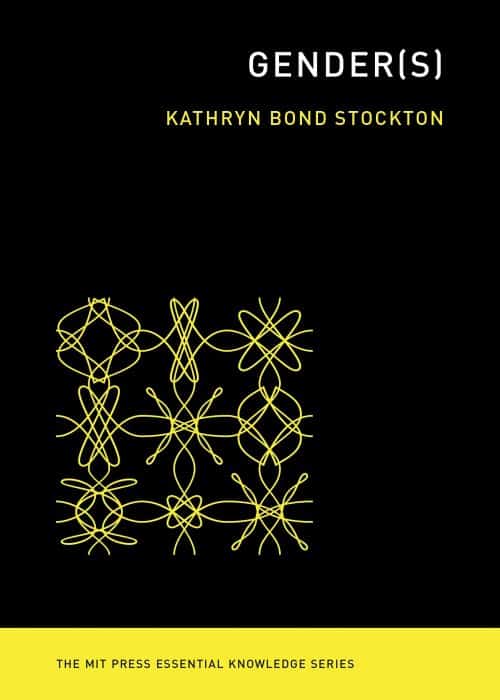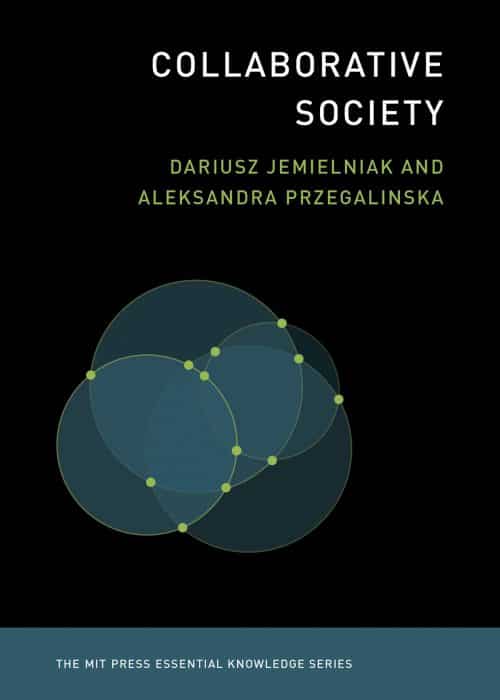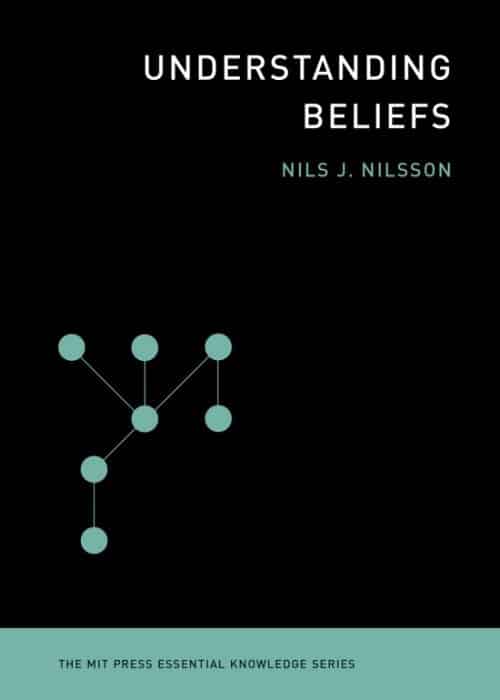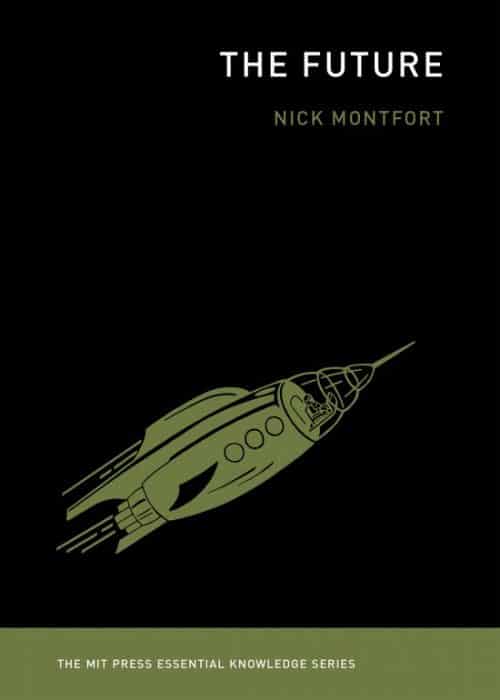A distinctive feature of quantum physics is its flagrant violation of logic. (Consider Schrödinger’s Cat, infamous for being dead and alive.) In experiments using entangled particles, quantum contradiction takes on a particularly strict form. We typically assume that things have properties whether or not someone is viewing them and that measuring one thing won’t change another. This presumption is refuted by quantum entanglement, which Einstein referred to as “spooky activity at a distance,” by providing clear logic and indisputable proof to the contrary. Is quantum entanglement esoteric or merely mysterious? Jed Brody gives readers the tools they need to make their own decisions in this MIT Press Essential Knowledge series book. He illustrates how the limitations imposed by our commonsense presumptions allow entangled particles to escape.
Brody examines ideas including polarization, time dilation, Bell’s inequality, local realism, and special relativity. He introduces readers to fictional physicists Alice and Bob, and their photon analyses make the observation that it is simpler to dismiss untruth than to establish truth, and mentions that some physicists have proposed that entanglement can be explained by the idea that our universe is a slice of a higher-dimensional reality. He looks at several physics theories, such as quantum decoherence, the Copenhagen interpretation of Niels Bohr, real fortuitousness, and QBism. This more contemporary interpretation, known as “quantum Bayesianism,” maintains that there is no “activity at a distance,” whether it be spooky or otherwise, and that quantum mechanical probabilities are merely subjective assessments.

